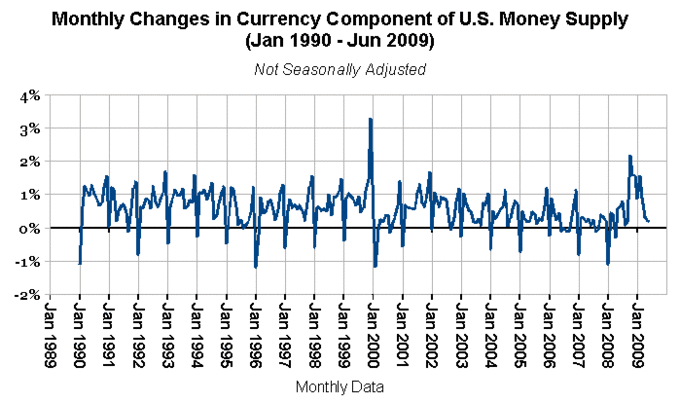What is the Federal Reserve?
The Federal Reserve System (also known as the Federal Reserve, or the "Fed") is the central banking system of the United States. It was created on December 23, 1913 with the enactment of the Federal Reserve Act, largely in response to a series of financial panics. Over time, the roles and responsibilities of the Federal Reserve System have expanded, and its structure has evolved. Events, such as the Great Depression, were major factors leading to changes in the system.
Congress established three key objectives for monetary policy—maximum employment, stable prices, and moderate long-term interest rates—in the Federal Reserve Act. Its duties have expanded over the years, and today, according to official Federal Reserve documentation, include conducting the nation's monetary policy, supervising and regulating banking institutions, maintaining the stability of the financial system, and providing financial services to depository institutions, the U.S. government, and foreign official institutions.
The Fed is independent within government in that "its monetary policy decisions do not have to be approved by the President or anyone else in the executive or legislative branches of government. " Its authority is derived from statutes enacted by the U.S. Congress, and the system is subject to congressional oversight. The members of the board of governors, including its chairman and vice-chairman, are chosen by the president and confirmed by the Senate.
Since the inflation of the 1970s, Federal Reserve monetary policy has emphasized preventing rapid escalation of general price levels. When the general price level is rising too fast, the Federal Reserve acts to slow economic expansion by reducing the money supply, thus raising short-term interest rates.
When the economy is slowing down too fast or contracting, the Federal Reserve increases the money supply, thus lowering short-term interest rates. The most common way it effects these changes in interest rates, called "open-market operations," is by buying and selling government securities among a small group of major banks and bond dealers.
